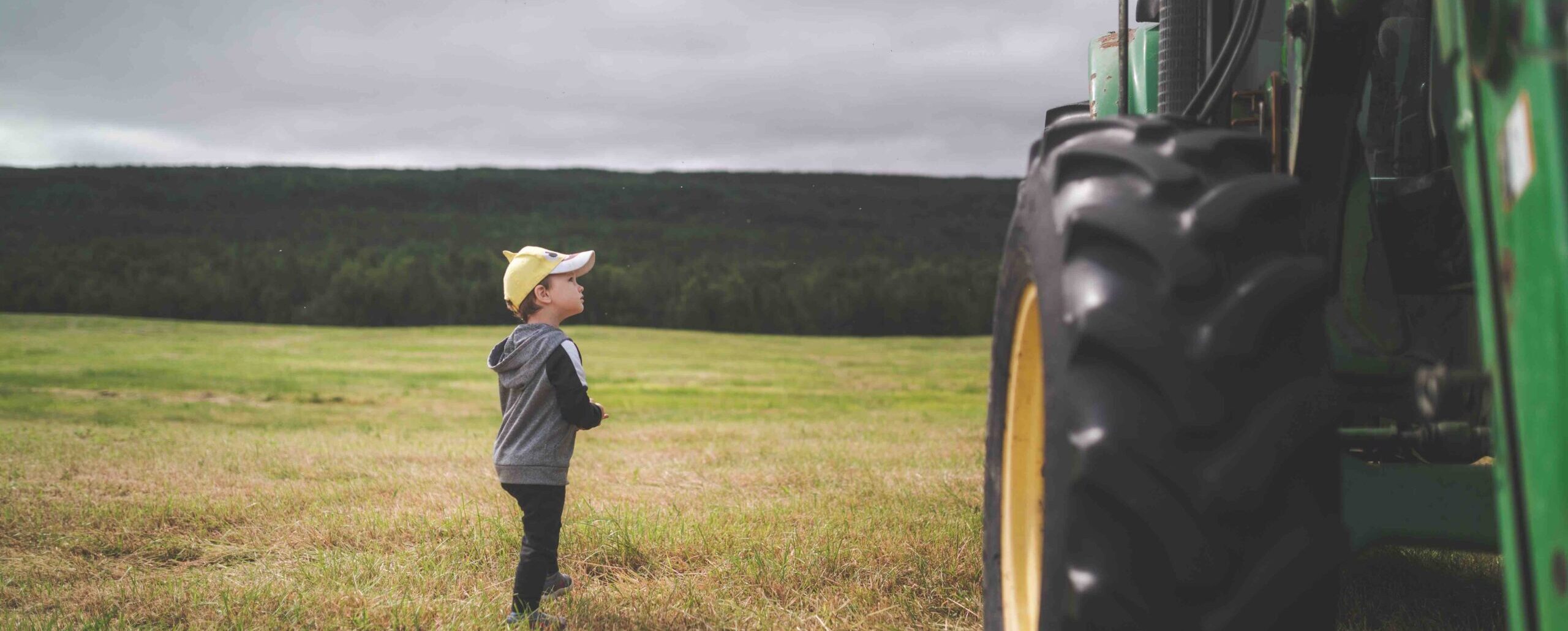In Ideker Farms, Inc. v. US, after years of litigation, farmers prevailed in their claims that the U.S. Army Corps of Engineers’ (Corps) recurring flooding of their land was a compensable regulatory taking. Specifically, the U.S. Court of Appeals for the Federal Circuit decided that recurring flooding was a “permanent flowage easement,” and the farmers deserved compensation for lower land values and some crop losses.
Beginning in 1944, federal law authorized dams to be constructed on the Missouri River (River) and opened the former floodplain to agriculture. However, by the 1980s, flood control led to habitat impacts, the listing of several endangered species, subsequent lawsuits, and a new 2004 Corps management plan. In effect, the Corps: (1) elevated fish and wildlife conservation to be on par with flood control objectives; and (2) allowed periodic flooding, starting in 2007.
By 2014, hundreds of farmers adjacent to the River sued, alleging the flooding was a regulatory taking under the Fifth Amendment of the U.S. Constitution. The Fifth Amendment provides that no private property will be taken for public use without just compensation.
The court held that the farmers’ land-value “baseline” was the period of flood control (from the 1940s to 2004) rather than when floods were common (pre-1940). This determination meant farmers could be compensated for the investments they made while protected from flooding. A pre-1940 baseline would have meant minimal farmer losses.
Relatedly, the court held “a reasonable property owner” would expect flood-control goals from the 1940s Laws to continue. Thus, new expectations from the 2004 management plan were caused by Congress’ “separate, intervening obligations” from the Endangered Species Act. This means farmers did not have unreasonable expectations for continued flood control. The court agreed with the lower court that the flooding was a permanent flowage easement that created a compensable taking. The court disagreed with the lower court that crops and other personal property destroyed by the flooding were compensable. For mature crops, farmers would be limited to the market value of the crop. For immature crops, the farmer would be limited to the probable yield of the crop at harvest had the crop not been destroyed. This decision potentially creates more avenues for the protection of property rights in flood control damage cases. Time will tell how the Federal Court of Claims and U.S. Court of Appeals for the Federal Circuit will utilize this decision in future cases.
Sources: Ideker Farms, Inc. v. US., 71 F.4th 964 (Fed. Cir. 2023).
Duke, Joshua M., and Paul Goeringer. “Farmers Win Regulatory Takings Case for Managed-Flooding Impacts.” Southern Ag Today 3(32.5). August 11, 2023. Permalink




